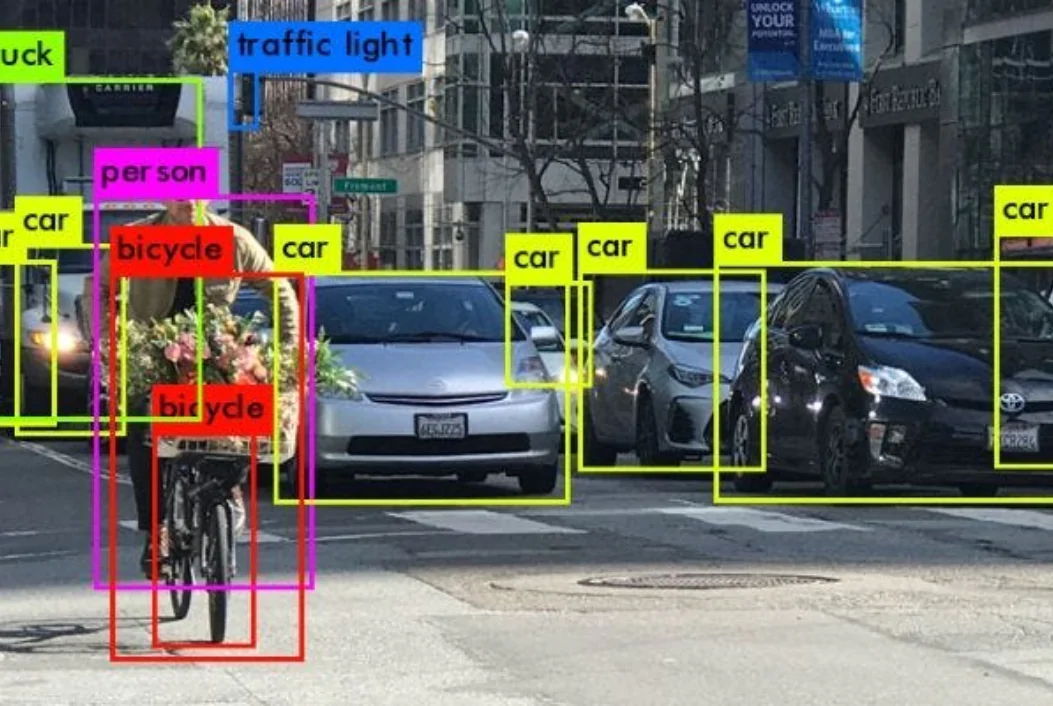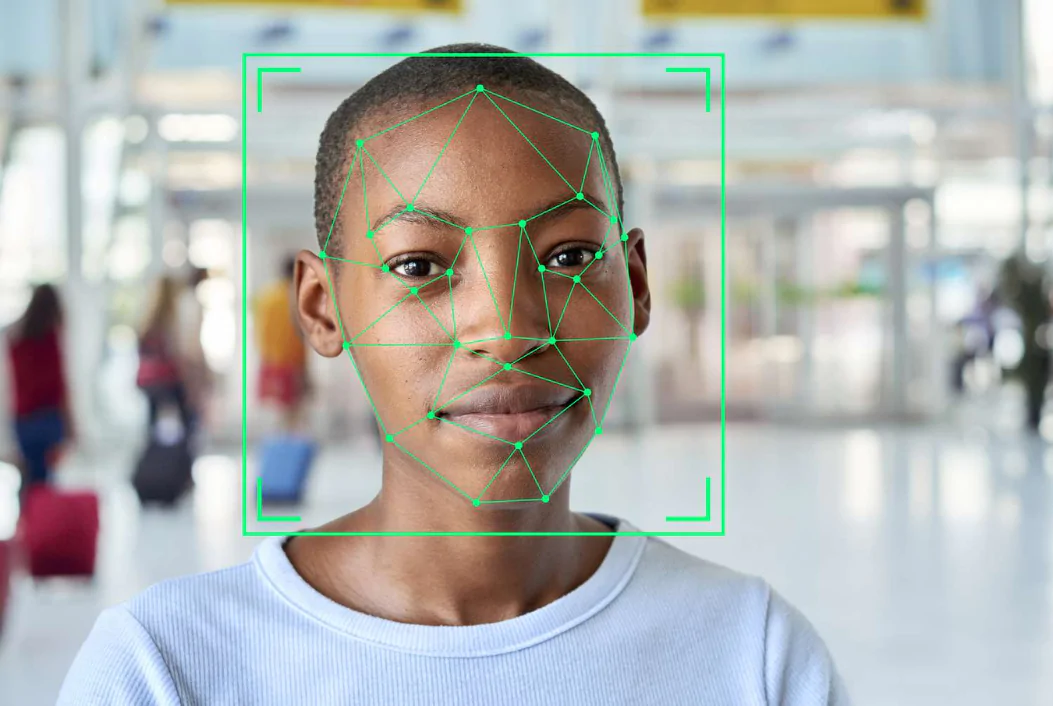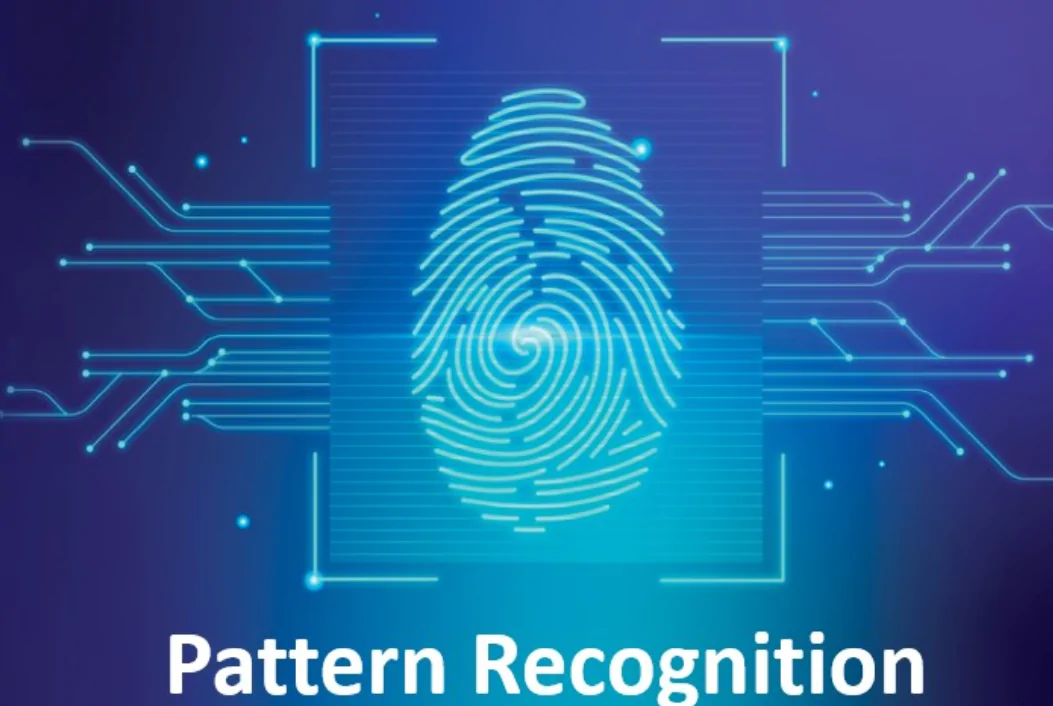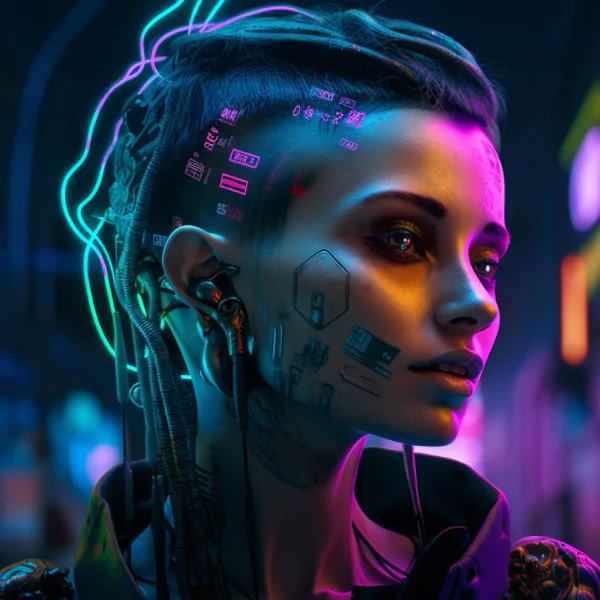Introduction to AI Image Recognition Algorithms
AI Image Recognition Algorithms have revolutionized the way we interact with technology, making it possible for machines to interpret and analyze visual information like never before. In this comprehensive guide, we will delve into the intricacies of these algorithms, tracing their evolution, exploring their applications, and understanding their inner workings.
What are AI Image Recognition Algorithms?
At their core, AI Image Recognition Algorithms are mathematical models designed to identify patterns and features within images, enabling machines to recognize objects, scenes, and even emotions depicted in visual data.
Evolution of AI Image Recognition Technology
The journey of AI Image Recognition Technology has been marked by significant milestones, from the early days of rule-based systems to the current era of deep learning and neural networks. These advancements have pushed the boundaries of what is possible in image recognition, paving the way for innovative applications across various industries.
Applications of AI Image Recognition Algorithms
The applications of AI Image Recognition Algorithms are diverse and far-reaching, encompassing fields such as healthcare, manufacturing, agriculture, and more. From medical diagnostics to autonomous vehicles, the potential of these algorithms to transform our world is limitless.
How AI Image Recognition Algorithms Work
To comprehend how AI Image Recognition Algorithms operate, it is essential to dive into the foundational principles that underpin their functionality.
Gathering Data Sets
Here, compiling and arranging the data is the initial stage. Data organization is the process of categorizing each image and identifying its physical attributes. Computers interpret an image as either a vector or raster image, unlike humans. Thus, the computer analyses the constructs that represent the image’s objects and features after they are created. Because of this, proper data collection and organization are crucial for training the image recognition model, as improper data collection will prevent the model from recognizing patterns later on.
Building a Predictive Model
Developing a predictive model is the second phase in the image recognition process. Thorough training of the classification algorithm is necessary. It won’t be able to perform its function otherwise. Deep learning datasets are used by image recognition algorithms to identify patterns in images. Hundreds of thousands of tagged images make up these datasets. The algorithm searches through these datasets to determine the appearance of an object in an image. You can use the image recognition feature once everything has been completed and tested.
Training Data Sets and Neural Networks
The backbone of any image recognition system lies in the quality and diversity of its training data sets. By exposing neural networks to a wide range of images, these algorithms learn to extract meaningful features and make accurate predictions.
Deep Learning and Convolutional Neural Networks
Deep learning techniques, particularly Convolutional Neural Networks (CNNs), have become the go-to architecture for image recognition tasks. CNNs excel at detecting patterns and structures within images, enabling precise classification, object detection, and segmentation.

Understanding Image Classification, Detection, and Segmentation
Image recognition algorithms can be categorized into classification, detection, and segmentation tasks, each serving a unique purpose in extracting information from visual data. Whether it’s identifying objects in an image or delineating boundaries between different elements, these algorithms excel at various levels of complexity.
Image Recognition vs. Image Processing
Keep in mind that image processing and image recognition are two different concepts. Computer vision includes the process of image processing. Image processing is the process of taking an image, digitally transforming it, and applying various operations to it. Therefore, from such an image, some information can be extracted.
Phases of image processing:
- Color image processing involves processing the colors.
- Image enhancement involves enhancing the image’s quality and extracting details that may be hidden.
- Image restoration involves removing blurs and other unwanted elements from the image.
- The data processing is represented and described through visual aids.
- Image acquisition: after being taken, the image is transformed.
- Image decompression and compression: if required, the image’s resolution and size are altered.
Image Recognition vs. Image Detection
Finding different objects within an image without necessarily classifying or categorizing them is known as image detection. It focuses on using bounding boxes to find instances of objects within an image.
crucial for tasks such as facial recognition, object recognition in robotics, autonomous driving, and improving object localization in computer vision applications. Involves algorithms that draw bounding boxes around each distinct object in an image in an attempt to distinguish it from other objects.
Use Cases of AI Image Recognition
-
Gaming Industry
The gaming industry has been greatly impacted by computer vision technologies and recognition models as well. It is known that the Guinness Book of Records lists the Microsoft Kinect video game as the fastest-selling consumer electronics product. Real-time tracking of the human body is achieved by the computer vision-based game.
-
Mobile e-commerce

Image Searcher Inc.’s CamFind API is a great illustration of image recognition. A higher degree of mobile trading is made possible by this technology. CamFind gives the user a list of possible purchases after identifying objects like watches, purses, shoes, sunglasses, and more. Without visiting websites, prospective customers can compare products in real time. This image recognition API is available to developers so they can use it to make mobile commerce apps.
ViSenze is an artificial intelligence startup that uses deep learning and image recognition to address practical search issues.
-
Healthcare
Among the applications of image recognition in the healthcare industry are the identification of brain tumors and strokes as well as the assistance of individuals with low vision. According to the study, the image recognition algorithm has a 97% accuracy rate in identifying lung cancer.
Surgeons can use augmented reality in real operations thanks to advancements in computer vision recognition. Depending on what the operating system’s algorithm detects, it may show alerts, suggestions, and updates.
-
Banking
When a customer uses Internet banking, banks are increasingly using facial recognition technology to verify their identity. Additionally, banks use facial recognition technology known as “limited access control” to restrict who is allowed entry and exit into particular areas of the building.
For instance, clients of the Spanish Caixabank can take advantage of facial recognition technology instead of pin codes when obtaining cash from automated teller machines.
-
Manufacturing
Counting the number of tablets or capsules before putting them in containers is crucial for pharmaceutical companies. The English company Pharma Packaging Systems has created a solution to this issue that can be utilized on current production lines or even function as a stand-alone unit. This solution’s main feature is its use of computer vision to detect tablets that are partially or completely broken.
In the automotive industry, models and image recognition are crucial. A report suggests that the machine vision market could reach a potential value of $14.43 billion by 2022.
Challenges and Limitations of AI Image Recognition Algorithms
While AI Image Recognition Algorithms have made significant strides in recent years, there are still challenges and limitations that need to be addressed to ensure their continued success.
Bias and Ethical Concerns
One of the pressing issues in AI image recognition is the presence of biases in training data, leading to skewed outcomes and unethical decisions. It is crucial for developers to mitigate these biases and ensure fair and transparent algorithms.
Robustness and Generalization Issues
AI Image Recognition Algorithms can struggle with recognizing objects in varied environments or under different lighting conditions. Enhancing the robustness and generalization capabilities of these algorithms remains a crucial area of research.
Adversarial Attacks and Security Risks
The vulnerability of AI Image Recognition Algorithms to adversarial attacks poses a significant security risk, with malicious actors exploiting vulnerabilities to deceive the system. Robust defenses and countermeasures are needed to safeguard these algorithms from such threats.
Advancements in AI Image Recognition Algorithms
Despite the challenges, advancements in AI Image Recognition Algorithms continue to push the boundaries of what is achievable in visual recognition tasks.
Transfer Learning and Domain Adaptation
Transfer learning techniques allow AI models to leverage knowledge gained from one domain to excel in another, enhancing their adaptability and performance in diverse scenarios.
Ensemble Methods and Model Optimization
Ensemble methods, which combine multiple models to improve prediction accuracy, and model optimization techniques play a vital role in fine-tuning AI Image Recognition Algorithms for optimal performance.
Real-Time Object Detection and Recognition Technologies
The advent of real-time object detection and recognition technologies has transformed the way we interact with visual data, enabling instantaneous identification and analysis of objects in video streams and live feeds.
Facial recognition
A facial recognition system uses artificial intelligence (AI) to map facial features from an image and then compares the results with a database to find a match. Mobile phone manufacturers (to unlock smartphones), social networks (to identify and tag individuals in photos you upload), and other companies use facial recognition technology.

Object recognition
Systems for identifying and locating objects in uploaded photos or videos are called object recognition systems. Two techniques for object recognition using deep learning are available. There are two methods for training a deep learning model: using an existing trained model or starting from scratch. Numerous useful object recognition applications are developed based on these models. Probably the most widely used application of this technology is visual search.
Text detection
This makes it all very clear: text detection is the process of identifying text in an image and extracting it.
Pattern recognition
Pattern recognition is the process of identifying and obtaining particular patterns from an image. These include things like facial expressions and textures.

Future Trends and Implications of AI Image Recognition Algorithms
As we look to the future, the trajectory of AI Image Recognition Algorithms points to a world where visual information is seamlessly integrated into our daily lives, shaping industries and society in profound ways.
Explainable AI and Interpretability
The move towards explainable AI aims to demystify the decision-making process of image recognition algorithms, fostering trust and accountability in their outcomes.
Integration of AI Image Recognition with IoT and Robotics
The synergistic integration of AI Image Recognition with the Internet of Things (IoT) and robotics opens up new possibilities for automation, surveillance, and human-machine interactions.
Impact on Industries and Society
The widespread adoption of AI Image Recognition Algorithms is poised to revolutionize industries such as healthcare, retail, transportation, and more, enhancing productivity, efficiency, and safety in various domains.
Conclusion
In conclusion, AI Image Recognition Algorithms have transcended their initial limitations to become indispensable tools in our technological landscape. However, as we continue to advance in this field, it is vital to prioritize ethical considerations and foster innovation that benefits humanity as a whole.
Recap of key points discussed in the article
AI Image Recognition Algorithms are at the forefront of technological evolution, with applications spanning diverse industries. The challenges of bias, robustness, and security must be addressed to ensure the reliability and integrity of these algorithms. Advancements in transfer learning, ensemble methods, and real-time detection technologies promise a future where AI-driven visual recognition reshapes industries and society.
Emphasis on the importance of ethical considerations in AI development
As we navigate the complexities of AI Image Recognition Algorithms, ethical considerations must guide our decisions to ensure fair, transparent, and accountable systems that benefit society at large.
Call to action for further research and innovation in the field
The journey of AI Image Recognition Algorithms is far from over, with endless possibilities waiting to be explored. Let us continue to push the boundaries of innovation, making strides towards a future where technology serves humanity in meaningful and impactful ways.
Frequently Asked Questions (FAQs)
-
How reliable are AI image recognition algorithms in real-world scenarios?
AI image recognition can be reliable but may face challenges due to diverse environments, data bias, adversarial attacks, and concept drift.
-
What are the main challenges faced by developers when designing AI image recognition models?
Developers face challenges such as data quality and quantity, overfitting, computational resource requirements, real-time performance needs, and model interpretability.
-
How can businesses leverage AI image recognition technologies to enhance operations and services?
Businesses can use AI image recognition for quality control, enhancing customer experience, security and surveillance, healthcare diagnostics, logistics automation, and optimizing marketing and advertising campaigns.
In the realm of AI Image Recognition Algorithms, the journey is one of constant discovery and innovation, shaping the way we interact with visual data and transforming industries and society along the way. Let us embrace this evolution with a spirit of curiosity and a commitment to ethical excellence.
Learn more about AI Tools and Latest Blogs.


